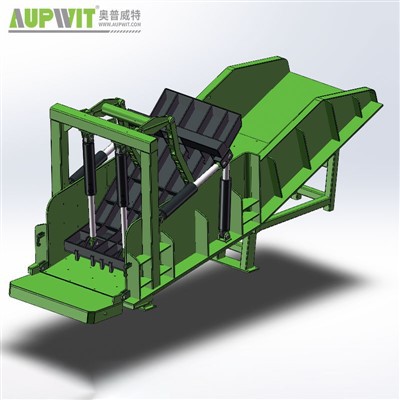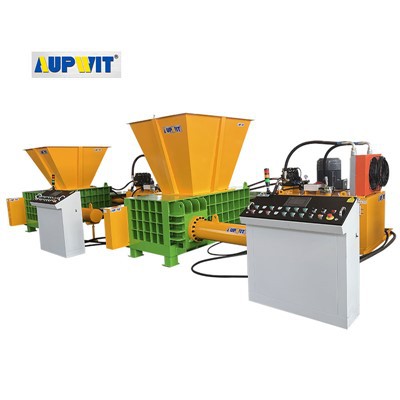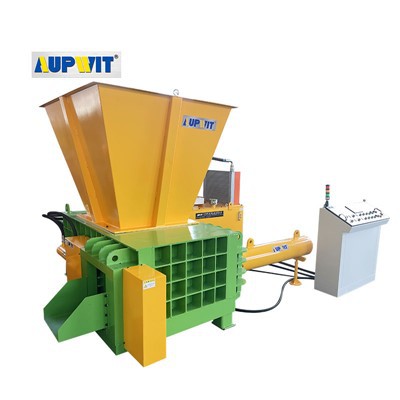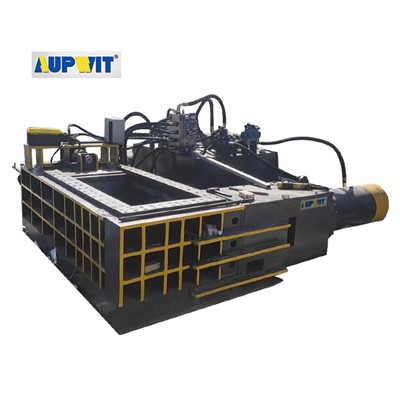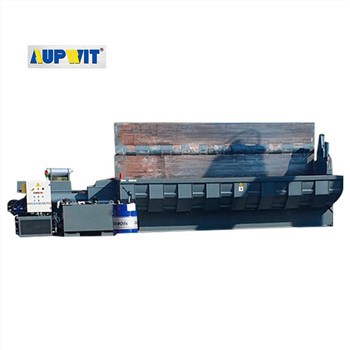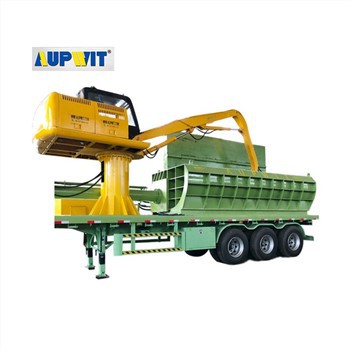The two-shaft shredder is a versatile and robust solution for recycling plastic and rubber waste. Designed to handle bulky, irregular, or mixed materials, this machine efficiently reduces polymers and elastomers into smaller, uniform particles, paving the way for repurposing in manufacturing and energy recovery.
How It Works
Equipped with two counter-rotating shafts fitted with durable blades, the shredder employs a combination of shearing and tearing forces to fragment materials. Its slow-speed, high-torque operation ensures minimal energy consumption while processing tough plastics (e.g., PET, HDPE) and rubber products (e.g., tires, conveyor belts). Advanced models feature customizable screen sizes to control output granularity and automated reverse functions to prevent jams.
Key Advantages
- High Efficiency: Processes large volumes of mixed plastics and rubber quickly.
- Durability: Reinforced blades and heavy-duty construction withstand abrasive materials.
- Versatility: Handles diverse inputs, from rigid plastics to flexible rubber.
- Eco-Friendly: Reduces landfill waste and supports circular economy goals by enabling material reuse.
Technical Highlights
- Low Noise & Energy Use: Optimized motor systems lower operational costs.
- Safety Features: Overload protection and emergency stop mechanisms ensure operator safety.
- Adaptability: Compatible with downstream processes like pelletizing or pyrolysis.
Applications
Ideal for recycling facilities, tire processors, and manufacturing plants, two-shaft shredders tackle post-industrial scrap, end-of-life vehicles, electronic waste, and municipal plastic waste. They are critical in regions prioritizing waste-to-resource initiatives or industries requiring recycled plastic/rubber feedstocks.
Conclusion
The two-shaft shredder for plastic and rubber is a cornerstone of modern waste management and recycling infrastructure. By transforming complex waste streams into reusable materials, it drives sustainability, cost savings, and compliance with global environmental regulations—making it indispensable for a greener industrial future.


